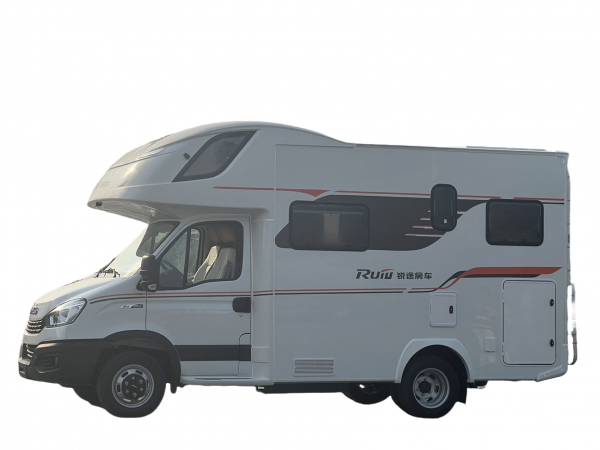Introduction:
Box trucks are essential vehicles for transporting goods, providing businesses with a versatile and reliable means of distribution. The cab configuration of a box truck plays a crucial role in determining its efficiency, functionality, and overall performance. In this article, we will explore the various types of box truck cab configurations, their advantages, and how they cater to different transportation needs.
1. Standard Cab:
The standard cab configuration is the most basic and commonly used in box trucks. It typically features a single row of seating with two seats - one for the driver and one for a passenger. This configuration maximizes cargo space by minimizing the size of the cab. Standard cabs are ideal for shorter trips or when the driver does not require additional seating.
Boom truck safety standards of Standard Cab Configuration:
- Increased cargo space: With fewer seats, the standard cab provides more room for transporting goods, making it suitable for businesses that require maximum cargo capacity.
- Maneuverability: The smaller size of the standard cab allows for easier maneuvering in tight spaces and urban environments.
- Cost-effective: Standard cab configurations are generally more affordable compared to other cab types.
2. Crew Cab:
The crew cab configuration is designed to accommodate additional passengers while still providing ample cargo space. It features a second row of seating, allowing for a total of four to six passengers. Crew cabs are commonly used when multiple team members need to be present during transportation or when providing transportation services for a larger group.
Advantages of Crew Cab Configuration:
- Enhanced versatility: The additional seating capacity of the crew cab configuration allows for the transportation of both goods and personnel simultaneously, reducing the need for multiple vehicles.
- Improved efficiency: With more team members present, tasks such as loading and unloading can be accomplished more quickly, leading to increased efficiency and productivity.
- Enhanced safety: The presence of additional seating enables transportation of personnel in a secure and comfortable manner, reducing the need for separate transportation arrangements.
3. Extended Cab:

The extended cab configuration is a hybrid between the standard and crew cab configurations. It features an extended space behind the front seats, which can be used for additional seating or storage. This configuration is often preferred by businesses that require a balance between cargo space and passenger capacity.
Advantages of Extended Cab Configuration:
- Flexibility: The extended cab provides the option to utilize the extra space for additional seating or as a storage area, depending on the specific needs of the business.
- Increased passenger comfort: The extended space allows for more legroom and comfort for the passengers, making it suitable for longer trips.
- Versatile usage: The extra storage space behind the front seats can be utilized to store tools, equipment, or other necessary items, making it ideal for businesses that require both cargo space and quick access to supplies.
4. Sleeper Cab:
The sleeper cab configuration is specifically designed for long-haul transportation, where the driver may need to rest or sleep during extended journeys. It features an integrated sleeping area behind the driver's seat, equipped with a bed and essential amenities such as storage compartments, lighting, and ventilation.
Advantages of Sleeper Cab Configuration:
- Driver comfort: The inclusion of a sleeping area allows drivers to rest and rejuvenate during long journeys, improving their alertness and overall safety on the road.
- Extended range: With the ability to rest and sleep in the vehicle, drivers can cover longer distances without the need for frequent breaks or overnight stays.
- Cost-saving: By eliminating the need for additional accommodations, such as hotels, the sleeper cab configuration can significantly reduce travel expenses for businesses engaged in long-haul transportation.
Conclusion:
The box truck cab configuration plays a vital role in determining the efficiency, functionality, and versatility of these vehicles. Whether it's the standard cab for maximum cargo space, the crew cab for transporting personnel, the extended cab for a balance between cargo and passengers, or the sleeper cab for long-haul journeys, each configuration serves a specific purpose. Understanding the different cab options available allows businesses to choose the most suitable box truck configuration that aligns with their transportation needs, ultimately enhancing their operational efficiency and effectiveness.
